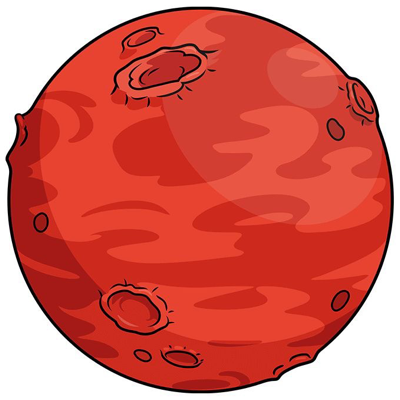Ok some of these I understand but what the fuck. Why.
I’m not sure if you really want to know, but:
greater than, smaller than, will cast the type so it will be
0which is false, ofcourse.=0is true.Now
==will first compare types, they are different types so it’s false.Also I’m a JavaScript Dev and if I ever see someone I work with use these kind of hacks I’m never working together with them again unless they apologize a lot and wash their dirty typing hands with… acid? :-)
edit: as several people already pointed out, my answer is not accurate. The real solution was mentioned by mycus
isn’t
===the one that compare types first?I just tried on node and
0 == '0'returns true
Not a JavaScript dev here, but I work with it. Doesn’t “==” do type coercion, though? Isn’t that why “===” exists?
As far as I know the operators “>=” and “<=” are implemented as the negation of “<” and “>” respectively. Why: because when you are working with sticky ordered sets, like natural numbers, those operators work.
Thus “0<=0” -> “!(0>0)” -> “!(false)” -> “true”
Correct me if my thinking is wrong though.
a >= b, is equivalent to, !(a < b)
This build on that humorously: https://www.destroyallsoftware.com/talks/wat
I know it’s a joke, but it’s an old one and it doesn’t make a lot of sense in this day and age.
Why are you comparing null to numbers? Shouldn’t you be assuring your values are valid first? Why are you using the “cast everything to the type you see fit and compare” operator?
Other languages would simply fail. Once more JavaScript greatest sin is not throwing an exception when you ask it to do things that don’t make sense.
Shouldn’t you be assuring your values are valid first?
Step 1: Get to prod
Step 2-10: Add features
Step 11: Sell the company before it bites you
This one is one of my favourite JS quirks:

Wait wtf is happening there?
parseInt is meant for strings so it converts the number there into a string. Once the numbers get small enough it starts representing it with scientific notation. So
0.0000001converts into"1e-7"where it then starts to ignore thee-7part because that’s not a valid int, so it is left with1https://javascript.plainenglish.io/why-parseint-0-0000001-0-8fe1aec15d8b
POV: you don’t understand type coercion






